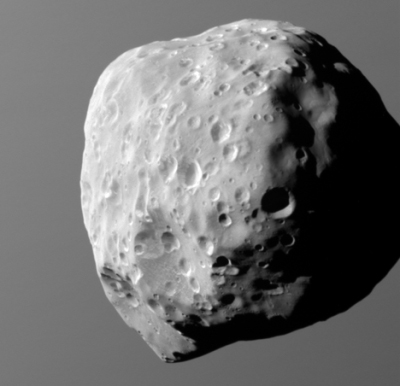Two stories this week illustrate the difference between lobbying the government to get anything accomplished, and doing it yourself with the goal of making money from it from private customers.
In the first case SpaceX is planning to fly a Dragon capsule to Mars, using its Falcon Heavy rocket, and do it by 2018. It would not be manned, but would do the initial engineering testing for later manned missions, using larger interplanetary spacecraft. SpaceX is not asking the government to help pay for it. They are only making sure they have dotted all the legal “I”s required. The goal is to build spacecraft that can take anyone to Mars who is willing to pay for the flight.
In the second case Lockheed Martin is proposing a big government program to put six astronauts in orbit around Mars, in 2028. They haven’t really built anything yet to do this, they merely are lobbying the federal government to pay for it.
Which do you think is more likely to happen? Anyone who reads Behind the Black knows that I choose SpaceX. For 40 years I have seen many different variations of Lockheed Martin’s proposal, all of which came to nothing. They are powerpoint proposals, not real engineering, designed to wow Congress and NASA and get funding for the company. Nothing will ever be built, since the actual construction is so far into the future and so untested that it is impossible to predict what will really happen.
SpaceX however is planning a real mission, which is being designed to lay the groundwork for later more complex attempts. Rather than propose something big for far in the future, they are building something reasonable and doable now. Moreover, they aren’t lobbying the government, they are advertising their skills to the entire world, with the goal of convincing everyone to buy their very real product.
UPDATE: I should add a link here to Orbital ATK’s proposal in Congressional hearings on Monday to use their Cygnus capsule to build a cislunar space station by 2020. Like Lockheed Martin, they are lobbying Congress to build a mostly powerpoint concept. Why don’t they instead make an investment of their own money, like SpaceX, to send some Cygnus capsules to lunar space and demonstrate the concept, while also learning what needs to be done? I would have greater faith in the reality of their concept if they did that.

